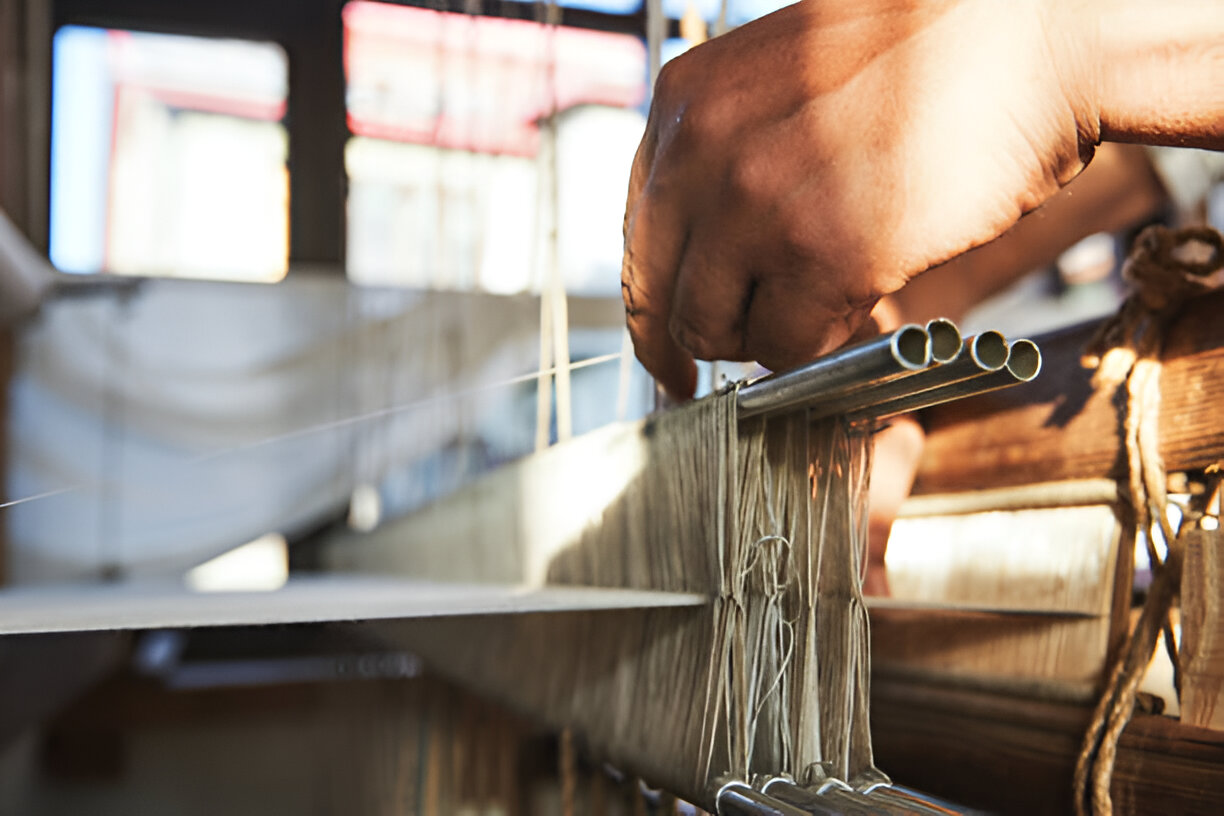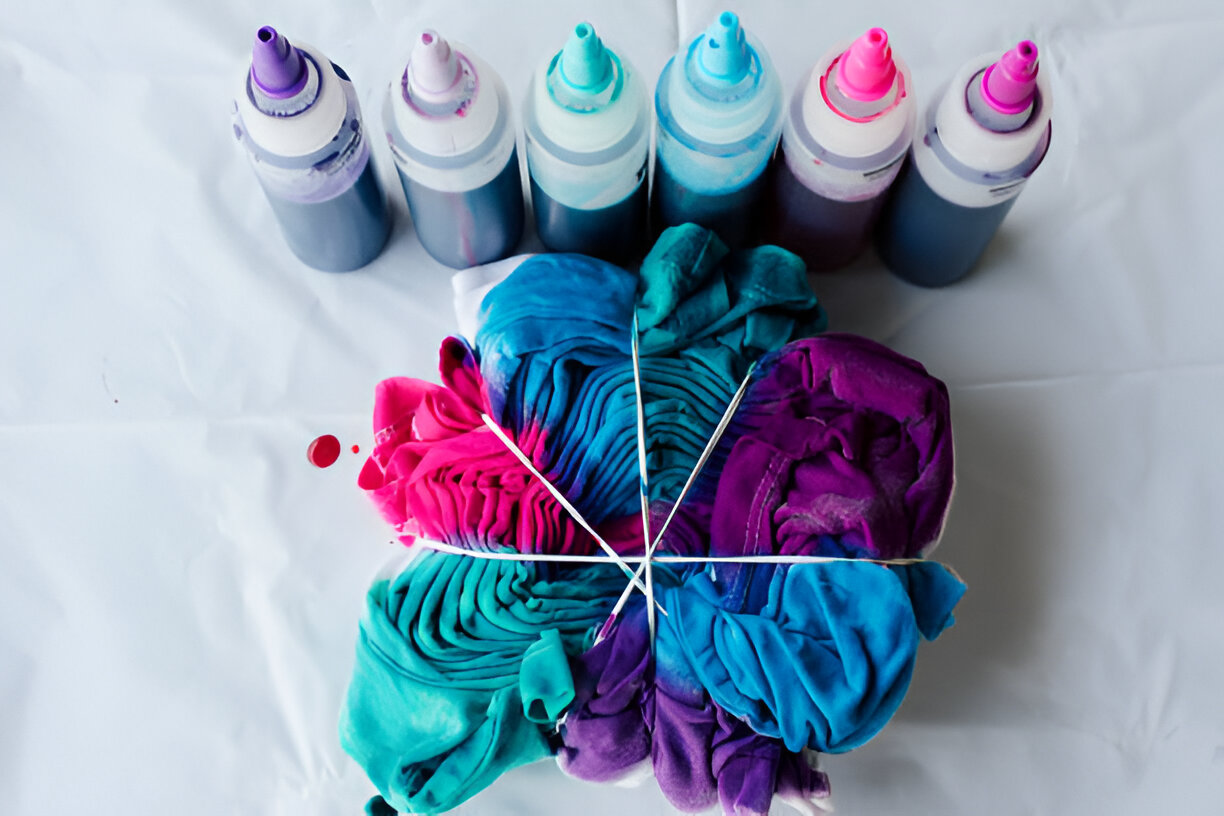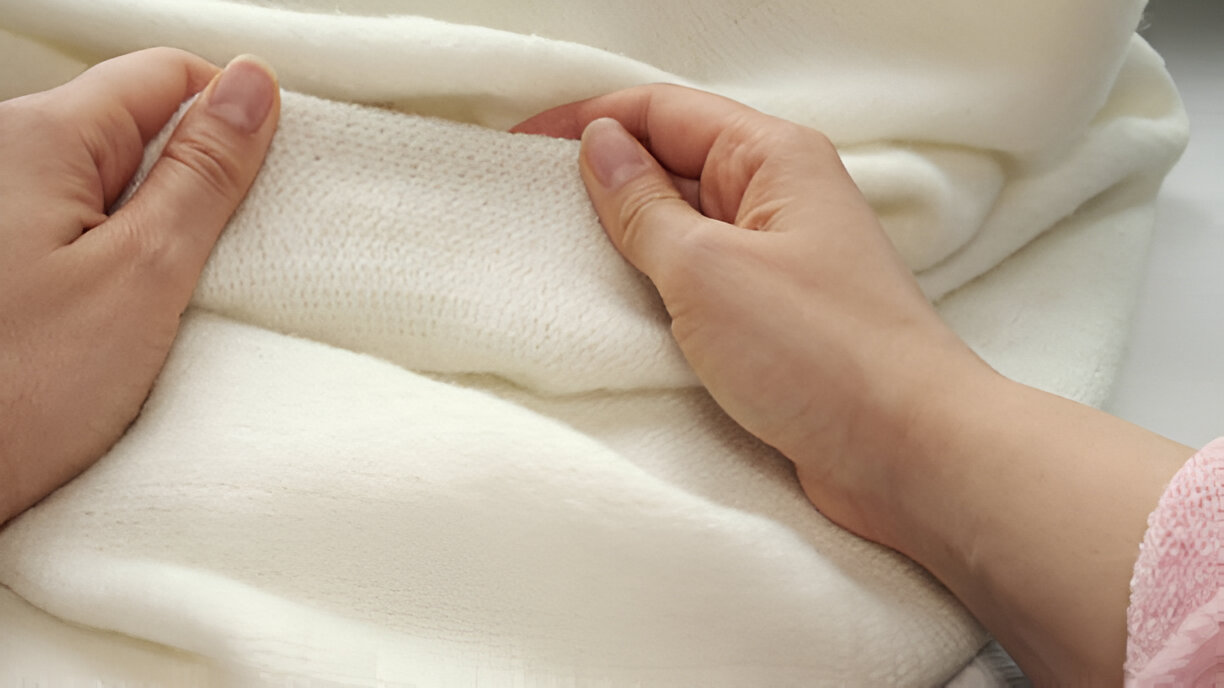Home »
What Is Pashmina?
Pashmina is a type of costly wool derived from the undercoat of the Changthangi or Pashmina goat, which exists in the high altitude of the Himalayas. Because of its extra softness and warmth, Pashmina has been made into high-quality shawls, scarves, and stoles. The word “Pashmina” is derived from the Persian word “pashm,” meaning “wool.”
The Fiber
Pashmina fiber is one of the finest in the world and is obtained from the undercoat of the Changthangi or Pashmina goat, which inhabits the extreme cold of the Himalayan regions. This fibre is exceptionally soft and warm, due to its exceedingly fine diameter, which usually lies between 12 and 15 microns. This fineness gives Pashmina its high status and alone differentiates it from other fibers, including regular cashmere, because of its smooth and soft feel. The collection of Pashmina involves a painful combing of the goats in their spring molting season when they naturally lose their undercoat. This works out only a small quantity of wool, which again makes it exclusive in nature and,  hence, all the more highly priced in the market. But the softness of Pashmina fiber does not make it less durable or resilient, for it keeps its shape and quality for many years with good care. Moreover, because of its natural insulation, it can give much warmth to the human body even at an extremely low temperature while being light in weight. These unique characteristics make it very suitable for preparing superior-quality garments of elegance, such as shawls and scarves. All in all, the Pashmina fiber stands as a test of both luxury and practicality, binding softness, warmth, and durability together into one material of exquisite quality.
hence, all the more highly priced in the market. But the softness of Pashmina fiber does not make it less durable or resilient, for it keeps its shape and quality for many years with good care. Moreover, because of its natural insulation, it can give much warmth to the human body even at an extremely low temperature while being light in weight. These unique characteristics make it very suitable for preparing superior-quality garments of elegance, such as shawls and scarves. All in all, the Pashmina fiber stands as a test of both luxury and practicality, binding softness, warmth, and durability together into one material of exquisite quality.
The Making
Pashmina textiles are made in a very skillful and artisan-like way to bring out the luxury in the fibre. This consists of a few detailed steps to create it:
Collection Of Fibre: It is collected from the undercoat of Changthangi or Pashmina goat. The goats shed their fine undercoat during the spring mouthing season, which was combed out by hand. This stage becomes very important as it guarantees purities and quality of the wool collected.
Cleaning And Sorting: Collected raw wool is cleaned to remove impurities such as dirt and grease. The explanation for this extremely important process is to prepare the fibre for spinning in a way that still retains its softness and purity. Next, sorting by quality ensures that only the finest fibers are segregated for premium products.
Spinning: The cleaned and sorted wool is subjected to spinning into yarn. This usually involves manual handling with the use of a spindle, a process which allows the yarn to retain its delicate texture and strength. It’s also one of those cumbersome tasks that requires skills for one to have good, consistent, and fine yarn.
 Dyeing: After spinning, the yarn is allowed to be dyed. Natural dyes, normally extracted from plants and minerals, are used so that the fibre will retain its natural softness and deep, brilliant colours. This process is well controlled in order not to affect the quality of the wool.
Dyeing: After spinning, the yarn is allowed to be dyed. Natural dyes, normally extracted from plants and minerals, are used so that the fibre will retain its natural softness and deep, brilliant colours. This process is well controlled in order not to affect the quality of the wool.
Weaving: Further, after dyeing, colored yarn is used to weave out the textiles. Traditional methods include handlooms where skilled artisans do the art of doing complex patterns and designs, which require expertise and precision in order for the right texture and pattern to emerge from it.
Finishing: After weaving, the fabric is usually finished, which involves washing, ironing, and in some cases additional treatment that will grant it more softness and drape. This will ensure the final product is smooth and usable.
Quality Control: The finished textiles are then put through rigorous quality checks to ensure that the final products live up to the high standards expected from Pashmina products. Any defects are improved, and only those that meet the criteria are approved for sale.
This rigorous process-from careful fibre collection to the very end of quality checking-reiterates that making Pashmina is artisanal in nature and attests to its reputation as a luxury and high-quality textile.
Pashmina textiles are made in a very skillful and artisan-like way to bring out the luxury in the fibre. This consists of a few detailed steps to create it:
Collection Of Fibre: It is collected from the undercoat of Changthangi or Pashmina goat. The goats shed their fine undercoat during the spring mouthing season, which was combed out by hand. This stage becomes very important as it guarantees purities and quality of the wool collected.
Cleaning And Sorting: Collected raw wool is cleaned to remove impurities such as dirt and grease. The explanation for this extremely important process is to prepare the fibre for spinning in a way that still retains its softness and purity. Next, sorting by quality ensures that only the finest fibers are segregated for premium products.
Spinning: The cleaned and sorted wool is subjected to spinning into yarn. This usually involves manual handling with the use of a spindle, a process which allows the yarn to retain its delicate texture and strength. It’s also one of those cumbersome tasks that requires skills for one to have good, consistent, and fine yarn.

Dyeing: After spinning, the yarn is allowed to be dyed. Natural dyes, normally extracted from plants and minerals, are used so that the fibre will retain its natural softness and deep, brilliant colours. This process is well controlled in order not to affect the quality of the wool.
Weaving: Further, after dyeing, colored yarn is used to weave out the textiles. Traditional methods include handlooms where skilled artisans do the art of doing complex patterns and designs, which require expertise and precision in order for the right texture and pattern to emerge from it.
Finishing: After weaving, the fabric is usually finished, which involves washing, ironing, and in some cases additional treatment that will grant it more softness and drape. This will ensure the final product is smooth and usable.
Quality Control: The finished textiles are then put through rigorous quality checks to ensure that the final products live up to the high standards expected from Pashmina products. Any defects are improved, and only those that meet the criteria are approved for sale.
This rigorous process-from careful fibre collection to the very end of quality checking-reiterates that making Pashmina is artisanal in nature and attests to its reputation as a luxury and high-quality textile.
The Heritage
Pashmina is deeply rooted in the culture and tradition of the Himalayan regions of India, Nepal, Bhutan, and Pakistan. This fibre has been cherished for over a millennium, as its origins trace back to ancient Central Asia and the Himalayas. History can be rewound to show how Pashmina was pretty well acknowledged amongst royalties, especially during the Mughal Empire in India, where it started becoming a sign of status and luxury.
The art of creating the Pashmina textiles has been carefully passed down generation through generation. Traditional skills in spinning, weaving, and dyeing have survived in their most intact form in the Himalayan regions, which bespeaks the rich cultural heritage of the artisans. Each piece very often carries an intricate design pattern, reflecting local artistic traditions and cultural motifs.
It has deeper root involvement in the local economies of these Himalayan communities than being a symbol of high-end luxury. Production encompasses traditional livelihood and sustains culture. On the global platform, the dignity and skill continue to be celebrated in making Pashmina, hence it keeps this heritage a point of pride culturally and also garners international acclaim.
Pashmina Care
Care for Pashmina textiles in our facility is treated with especial care to make certain that the quality and luxurious feel of Pashmina last. Here is how we manage the care of Pashmina:
Professional Cleaning: We hand-wash the items of Pashmina with a specialized mild detergent meant for delicate wools. Our professional team avoids any harsh agitations to keep up the integrity of the fabrics and their feel soft.
Air-drying: We dry our washed Pashmina items on clean and absorbent towels, laid out flat to avoid distortion in the shape of the fabric. All pieces are thoroughly dried in a controlled environment away from direct sunlight and sources of heat.
Proper Storage: The Pashmina textiles are stored in breathable garment bags in cool, dry conditions to protect them from dust, insects, and moisture. This helps keep them in really pristine condition with no damage.
Careful Handling: The entire team has to undertake very meticulous procedures to avoid contact with harsh chemicals or abrasive materials. The items are handled with care, right from washing to its storage, to avoid damage.
Periodic Checking: From time to time, we have a check of our stock in Pashmina. This consists of light brushing of the fabrics to remove dust from them so that they always appear in their best presentation. Such routine maintenance is conducive and helps in keeping the textiles fresh and lively.
Empowering Community
Our commitment to creating Pashmina goes way beyond crafting sumptuous textiles to contribute significantly to the communities from which they originate. Direct work with Himalayan artisans ensures a fair wage, coupled with regular employment, that their exceptional skills are well rewarded and valued. This keeps traditional craftsmanship alive, sustaining better lives for local artisans.
We also believe in sustainability and support environmentally-friendly methods of production. It is for this reason that we put great emphasis on the use of natural dyes and traditional techniques that help preserve the fragile ecosystems of the Himalayan region. A practice that engenders minimal impact on the environment and ensures the perpetuation of native biodiversity.
Besides paying decent wages, we provide training programs which develop the artisans’ skills, leading to personal and professional development. These training programs help in setting higher quality levels and also enable the artisans to keep pace with the changing demands of the market.
Our global promotion of Pashmina creates significant economic opportunities for these communities. Revenue garnered from sales keeps local economies thriving, putting money into infrastructure development and public services.
Moreover, we are committed to the upkeep of the traditional cultural heritage tagged with Pashmina. We do this through various collaborative and cultural initiatives aimed at ensuring that the rich traditions and art of Pashmina weaving are firstly treasured and secondly passed down to successive generations. By doing so, we are trying to give our full-fledged support for the communities involved in Pashmina production and empower them in order to let their ability and traditions keep alive.
Quality And Testing
We uphold rigorous quality standards for Pashmina through a detailed process:
Fibre Selection: We meticulously inspect and select only the finest Pashmina fibres for their purity and fineness.
Spinning And Weaving: During spinning, we ensure the yarn’s consistency and strength. Our skilled artisans oversee weaving to prevent defects and maintain fabric quality.
Dyeing And Finishing: We use high-quality, eco-friendly dyes and test for colorfastness. The fabric is gently washed and pressed, with each piece inspected for softness and appearance.
Final Quality Control: Each product undergoes a final inspection for craftsmanship and defects, ensuring that only items meeting our strict standards are approved for sale.
This thorough approach guarantees that every Pashmina product reflects exceptional quality and craftsmanship.
We uphold rigorous quality standards for Pashmina through a detailed process:
Fibre Selection: We meticulously inspect and select only the finest Pashmina fibres for their purity and fineness.
Spinning And Weaving: During spinning, we ensure the yarn’s consistency and strength. Our skilled artisans oversee weaving to prevent defects and maintain fabric quality.
Dyeing And Finishing: We use high-quality, eco-friendly dyes and test for colorfastness. The fabric is gently washed and pressed, with each piece inspected for softness and appearance.
Final Quality Control: Each product undergoes a final inspection for craftsmanship and defects, ensuring that only items meeting our strict standards are approved for sale.
This thorough approach guarantees that every Pashmina product reflects exceptional quality and craftsmanship.
